The NSPCC’s flagship day of fundraising, Childhood Day, takes place on June 10, and everyone across Scotland can play their part to help stop child abuse.
As part of the celebration, schools and nurseries are urged to take part in The Big Breaktime – an extra hour of play with pupils, staff and parents encouraged to give a small donation towards funding NSPCC projects and services such as Childline.
Whatever our age, we all need a break from time to time. Taking a break is not only lots of fun but also really important for your child’s mental health. There are a few things that kids can do to ensure they get a proper break during their day.
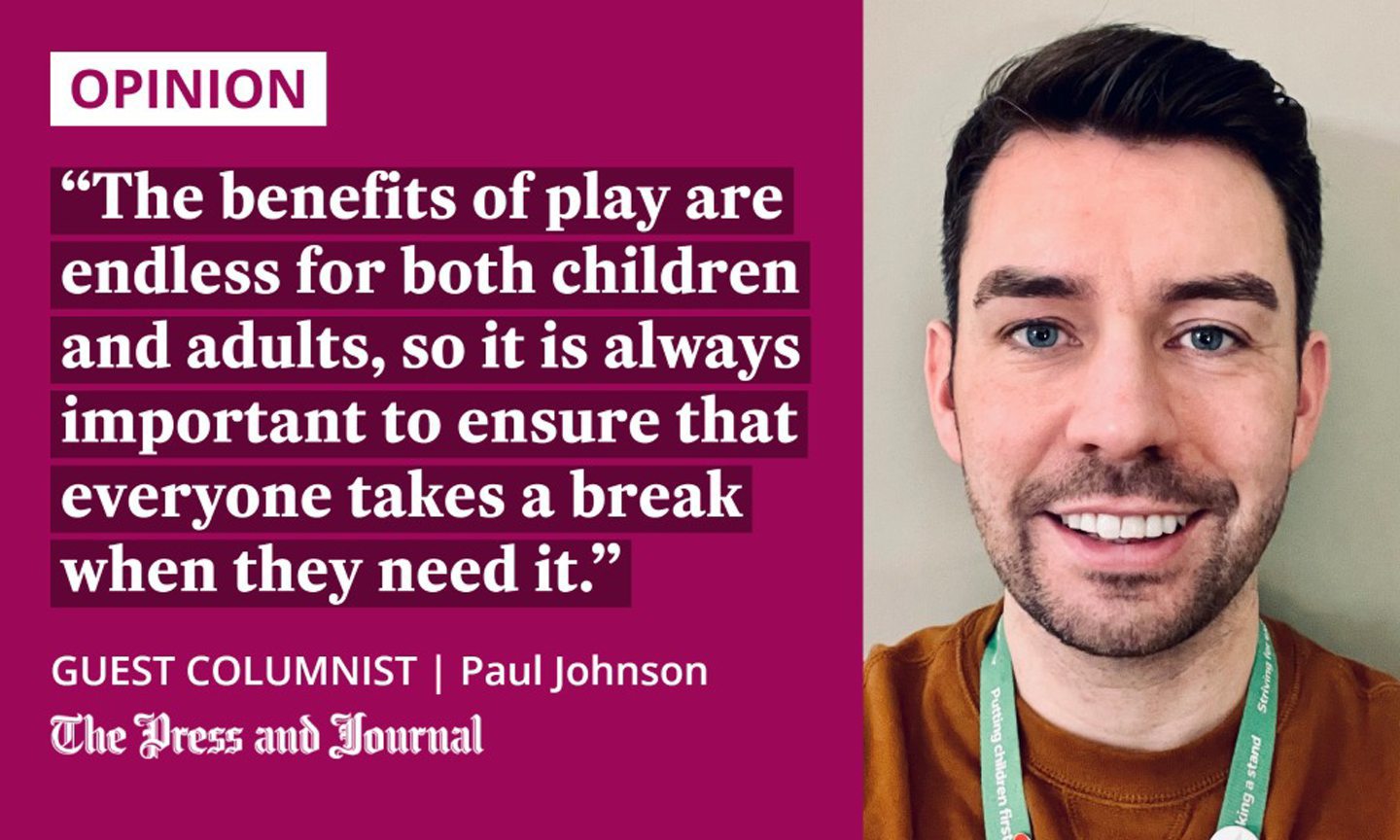
Whether it’s making sure they make the most of their break at school to stop and play, or take some time away from their schoolwork or screen to just be by themselves, having a break can really help them to de-stress. Sitting quietly and taking slow, deep breaths can help your child feel calmer, relaxed and more focused on the moment.
Doing something they really enjoy, whether it’s reading a book, going outside with their friends, or playing a game for a little while, can help kids to recharge and take their minds off anything that might be causing them worry. And, of course, doing things they enjoy is lots of fun.
The benefits of play are endless for both children and adults, so it is always important to ensure that everyone takes a break when they need it.
Children can also check out Ant and Dec’s new book, Propa Happy – a fun-filled guide to feeling good, with jokes, games, and advice that can help nurture children’s emotional wellbeing this Childhood Day.
There’s more information about getting involved with The Big Breaktime, as well as resources available and other ways you can play your part on Childhood Day, on the NSPCC website.
Paul Johnson is Childline team manager for Aberdeen

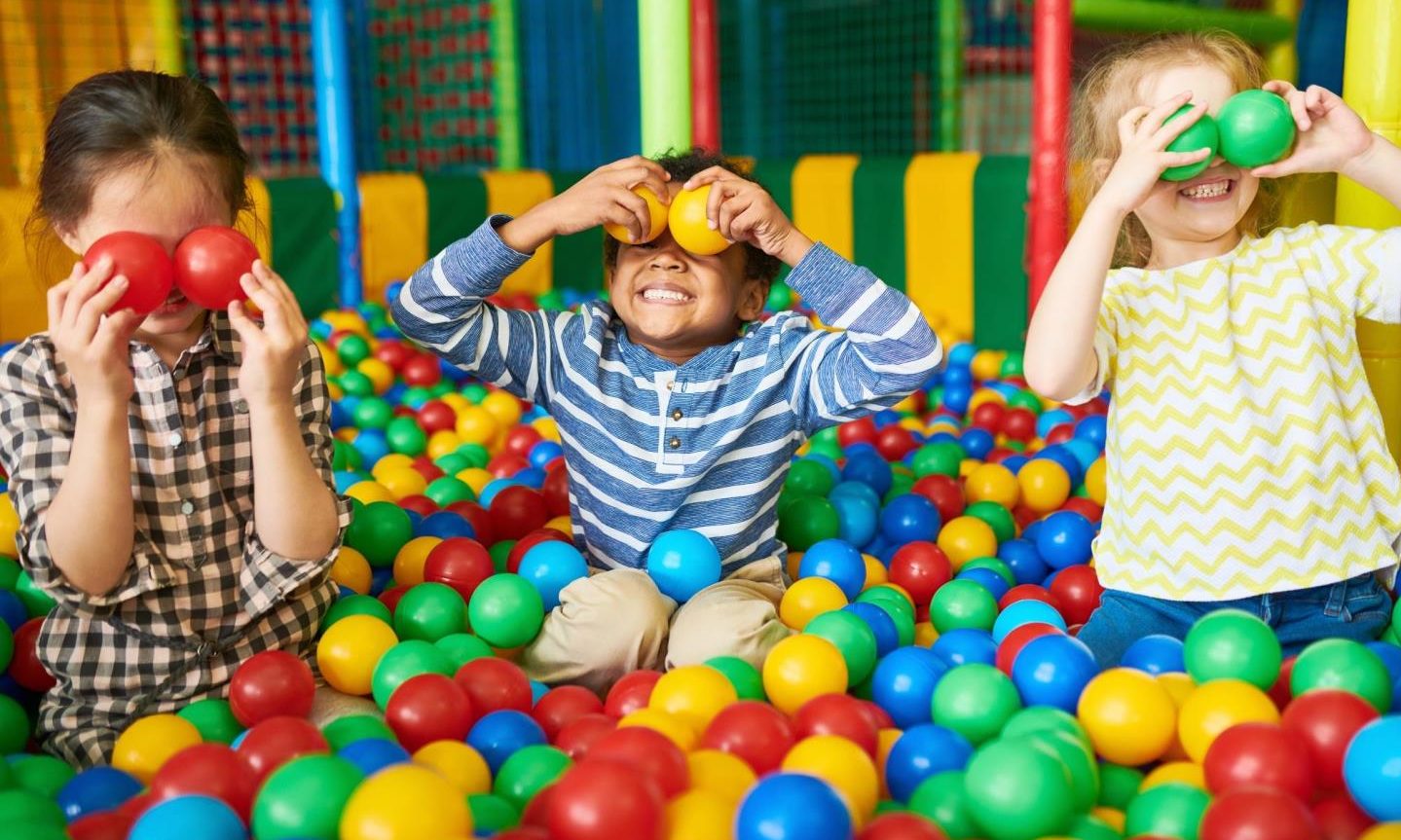

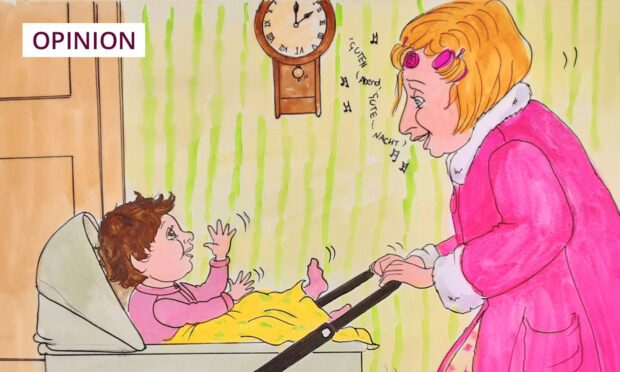

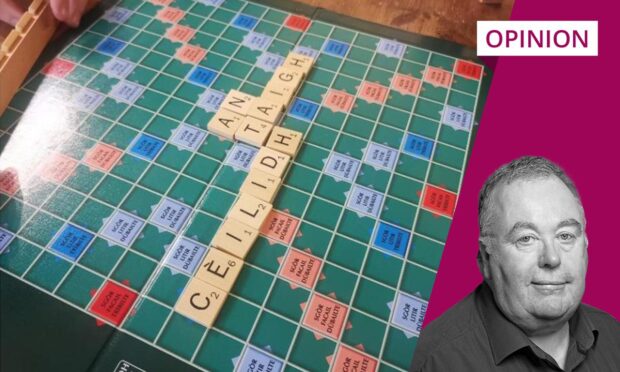


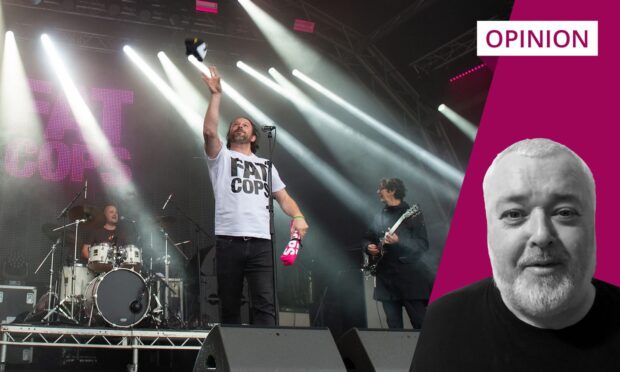

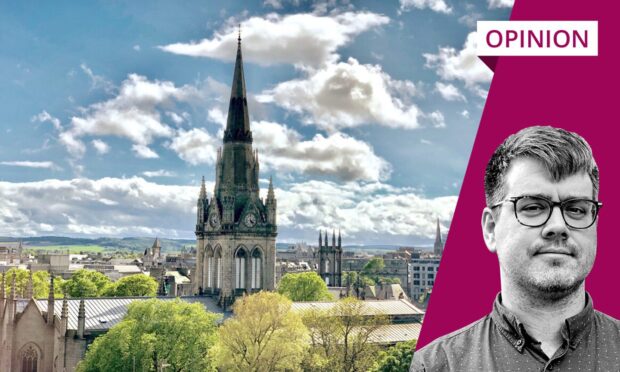
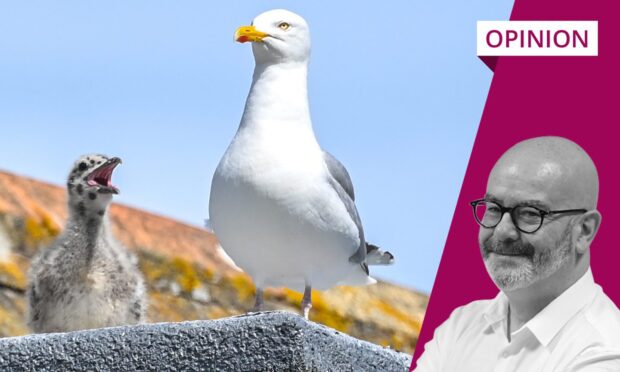
Conversation